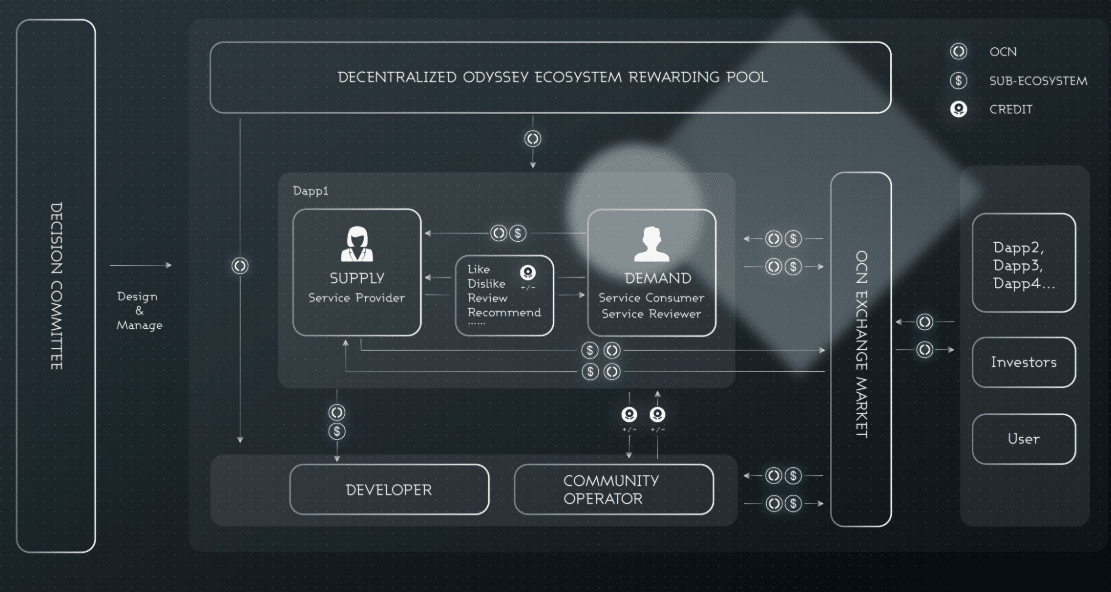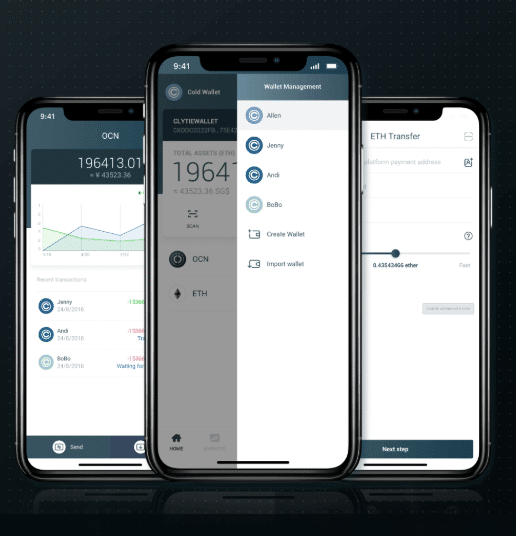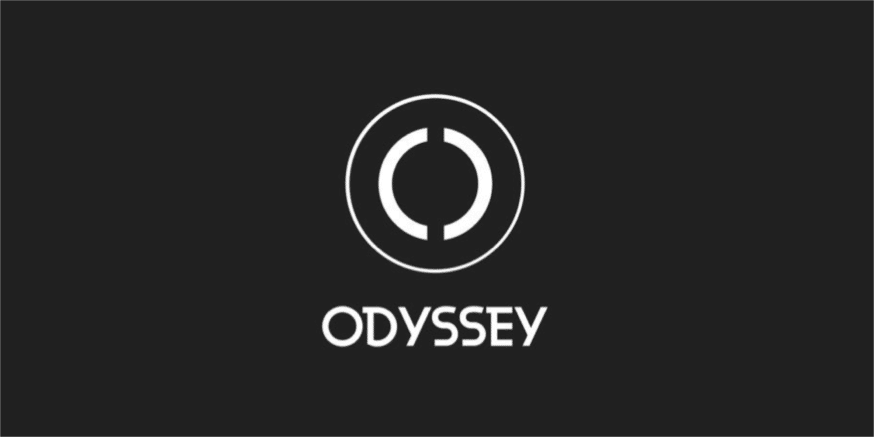Odyssey Coin aims to build the next-generation decentralized sharing economy (i.e. Airbnb or Uber) and peer-to-peer ecosystem. The project aims to achieve this by using a combination of smart contracts, artificial intelligence, and big data.
The seven key principles of Odyssey’s development include the following: decentralized and minimum operating cost, open source and scalable, trustworthy and anonymous, autonomous and better compliance, incentivized participation, better demand and supply matching, and quicker transactions without payment barriers.
According to the project whitepaper, the current sharing economy is broken for three main reasons. First, the sharing economy of today lends itself to the creation of a natural monopoly and allows for high margins to be earned by the platform itself. Second, the ownership of valuable assets is concentrated within a small group of well-off people. Third, there is no effective incentive mechanism to encourage users to participate in this model, to behave well, or contribute to the ecosystem’s self-regulation.
In this guide we will discuss the following:
- How Does Odyssey Coin Work?
- Ad Platform, Governance Details
- Use Cases
- Team
- Partnerships and Investors
- Project Roadmap
- Trading History
- Where to Buy OCN
- How to Store OCN
- Conclusion
- Additional Resources
How Does Odyssey Coin Work?
The white paper says that Odyssey smart contracts will be transparent and created on the Ethereum Virtual Machine (EVM). According to various sources, though, Odyssey plans to move to the Tron blockchain. Nonetheless, it’s unclear when exactly this move might take place. Additionally, the Odyssey website doesn’t give any information related to this. Regardless, there are six main roles within the Odyssey Coin ecosystem.
- Service Providers are the core value creators of the ecosystem.
- Reviewers post objective, thorough reviews of previously purchased services.
- Consumers purchase services with OCN. The protocol records a consumer’s behavior quality during the entire service lifetime. This dynamically impacts the service consumer’s credit.
- Community Operators are selected based on credit and contributions to the ecosystem. This group monitors and reports services that are against the ecosystem’s benefit and operational protocol.
- Developers develop dapp sub-ecosystems, supporting services/tools for Odyssey, ecosystem protocols, bug fixes, system upgrades, etc.
- Miners play an important role in verifying transactions.
Ad Platform, Governance Details
According to the white paper, the project plans to launch an advertisement system. The team will add this functionality when the Odyssey ecosystem reaches “a reasonable scale of user base and traffic.” Odyssey does not intend to take any commission fees, and all profits will cycle back into the incentive pool. It will also have a feature to detect and prevent click farming.
Both the board of directors and a community committee will determine community governance. While the community committee will be an important part of the ecosystem, the board of directors will still have full and absolute control. The board will review and approve things like strategic planning, budgeting, and protocol updates.
[thrive_leads id=’5219′]
Use Cases
Although the white paper mentions the sharing economy quite a lot, there is no mention of a particular niche sector that the project plans to target first. On the contrary, the platform’s goal appears to be to support various sharing economies (i.e. ridesharing, lodging, and more) via one solution. As of the end of 2018, OCN has few real-world integrations or use cases; however, this will likely change in the future whenever native dapps launch. For now, OCNex, a crypto-to-crypto exchange, serves as one of the core parts of the Odyssey ecosystem.

Team
Odyssey’s tech team is comprised of several members that have leadership experience in some of China’s largest companies.
Ranran Liu previously worked as a senior engineer at Tencent. Minxu Liu is a former data and algorithm expert at Alibaba and a key developer in designing Taobao’s data platform and recommendation engine. Xianlong Shao previously served as a senior engineer at PingAn, the world’s largest insurer.
Partnerships and Investors
Odyssey boasts strong partnerships, including Amazon Web Services, IBM, and Tron.
Cornerstone investors from blockchain projects include QTUM Foundation and TRON Foundation.
The project also has a few notable individual investors like Chandler Guo, Yongming Wu, Lijie Wang, among others.
Project Roadmap
Similar to a lot of projects in the space, Odyssey has a lot of work ahead. However, this project came onto the scene a bit later than most, not wrapping up its token sale until January 2018. Although Odyssey was supposed to launch an MVP (Phase 1) sometime between February 2018 and October 2018, it isn’t clear whether or not the project has accomplished this goal.
Phase 2 is scheduled for October 2018 to October 2019. It includes three main objectives: integration of additional sharing economy and P2P platforms, a blockchain solution for high-frequency and small amount transactions, and improvements in data storage and scaling.
Phase 3, set to take place between October 2019 and October 2021, mentions the project’s broader objectives. The Odyssey team will work to leverage a universal credit-based protocol to establish ecosystem-level data and a transaction system. Finally, the project will implement big data and AI.

Trading History
Trading stats for OCN are available from January 2018 onward. The all-time high price for OCN was around $0.093 in January 2018. The all-time low is less than $0.0030. Prices have been at around this level twice, in August 2018 and again in December 2018.
Where to Buy OCN
Lbank and Huobi make up the vast majority of OCN exchange transactions. Other popular options include Bittrex, Bithumb, and Upbit. As of the beginning of end of 2018, no exchange supports OCN trading for USD or EUR. Only two fiat trading options (KRW and INR) exist. However, there are a few stablecoin trading pair options like USDT and BITCNY. BTC and ETH are the top two crypto trading pairs for OCN.
How to Store OCN
For now, OCN is still an ERC20 token. This means that there are plenty of wallet options to choose from. Hardware wallets like Trezor and Ledger Nano S will work. MyEtherWallet, Enjin Crypto Wallet, Kcash, and others also support OCN storage.
OCPay is the native wallet for Odyssey Coin (OCN). This option is a mobile wallet, available on iOS and Android. OCPay also provides plenty of additional features like one-stop digital asset management, multiple account wallets, real-time updates, and P2P payment capabilities.
OCPay seems to be a beefed up version of what the white paper calls “OCN Wallet.” The OCN Wallet API/SDK ensures that all communications utilize 256-bit encryption. Only the wallet owner has access to private keys.

Conclusion
Odyssey is an ambitious project that aims to compete with the likes of Airbnb and Uber. Still, it has yet to demonstrate its capabilities and move towards user adoption.
Part of this could be due to the fact that the project only launched at the beginning of 2018, which means its team hasn’t had enough time to execute on its plans. The vagueness of the roadmap for niche-specific market execution could also be a limiting factor.
However, with a talented team as well as strong backing from big-name tech companies and individual investors, Odyssey is certainly a project that will be interesting to follow in the coming years.
Additional Resources
Never Miss Another Opportunity! Get hand selected news & info from our Crypto Experts so you can make educated, informed decisions that directly affect your crypto profits. Subscribe to CoinCentral free newsletter now.










